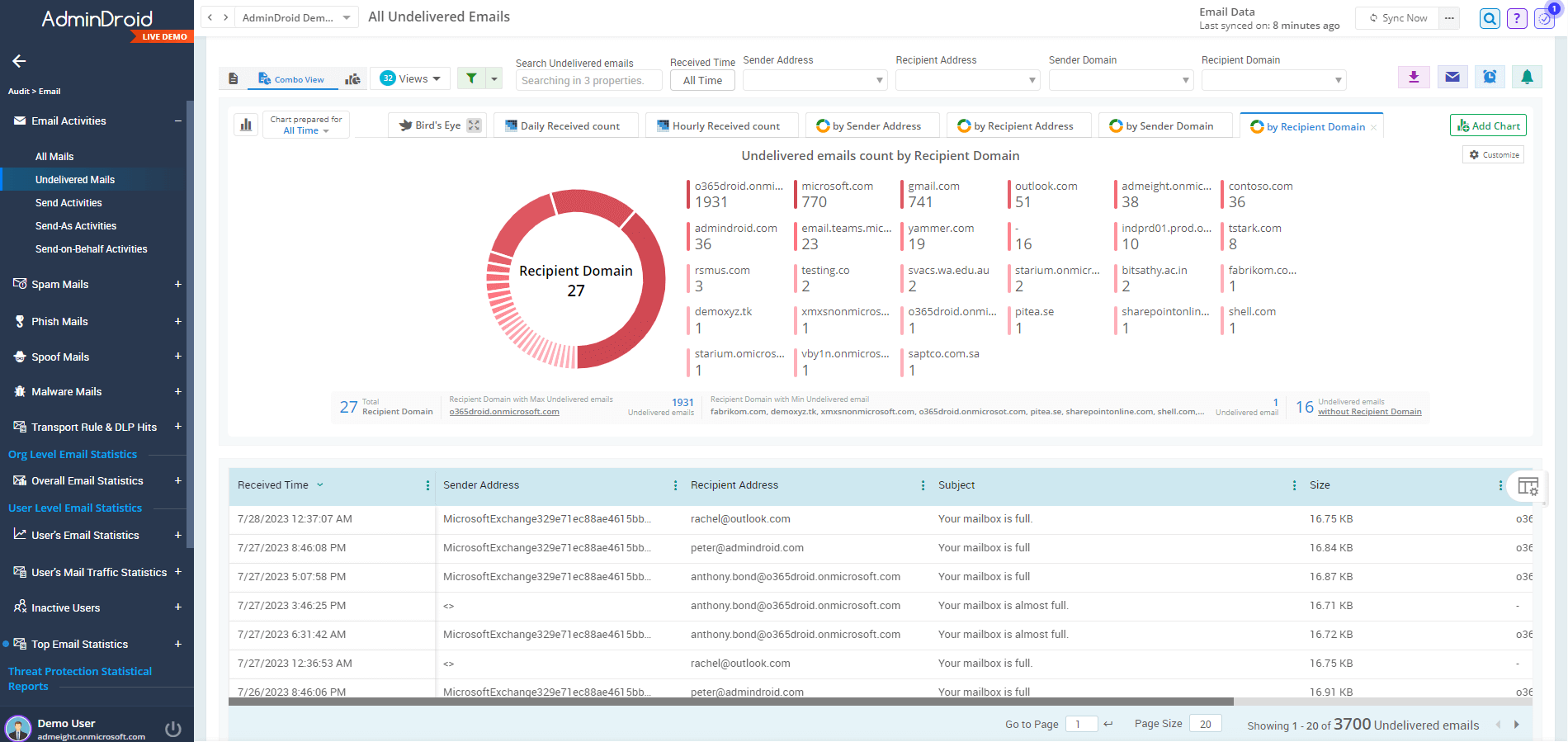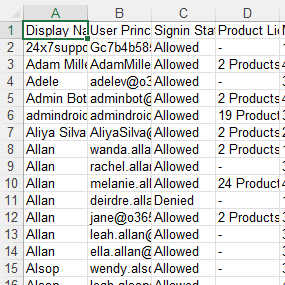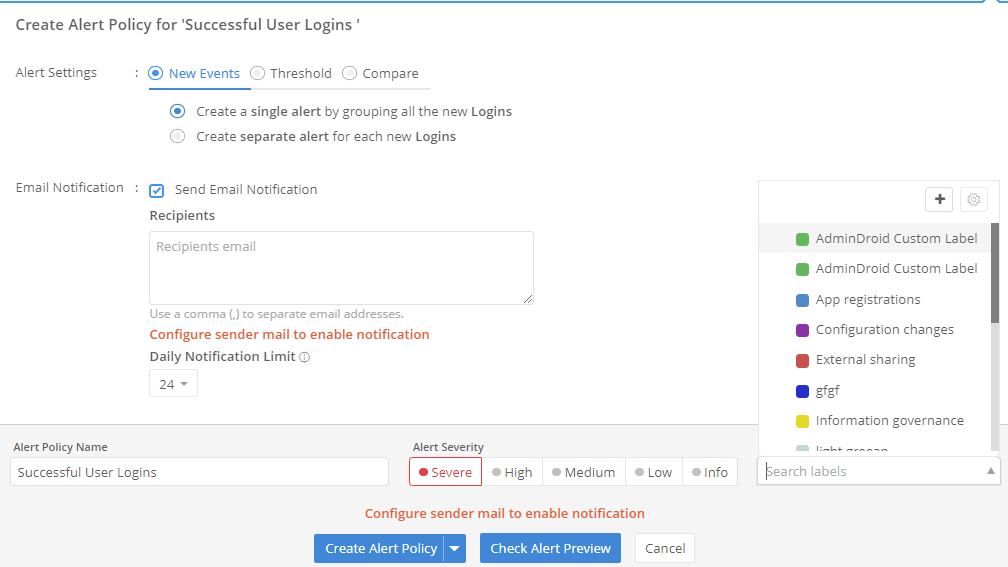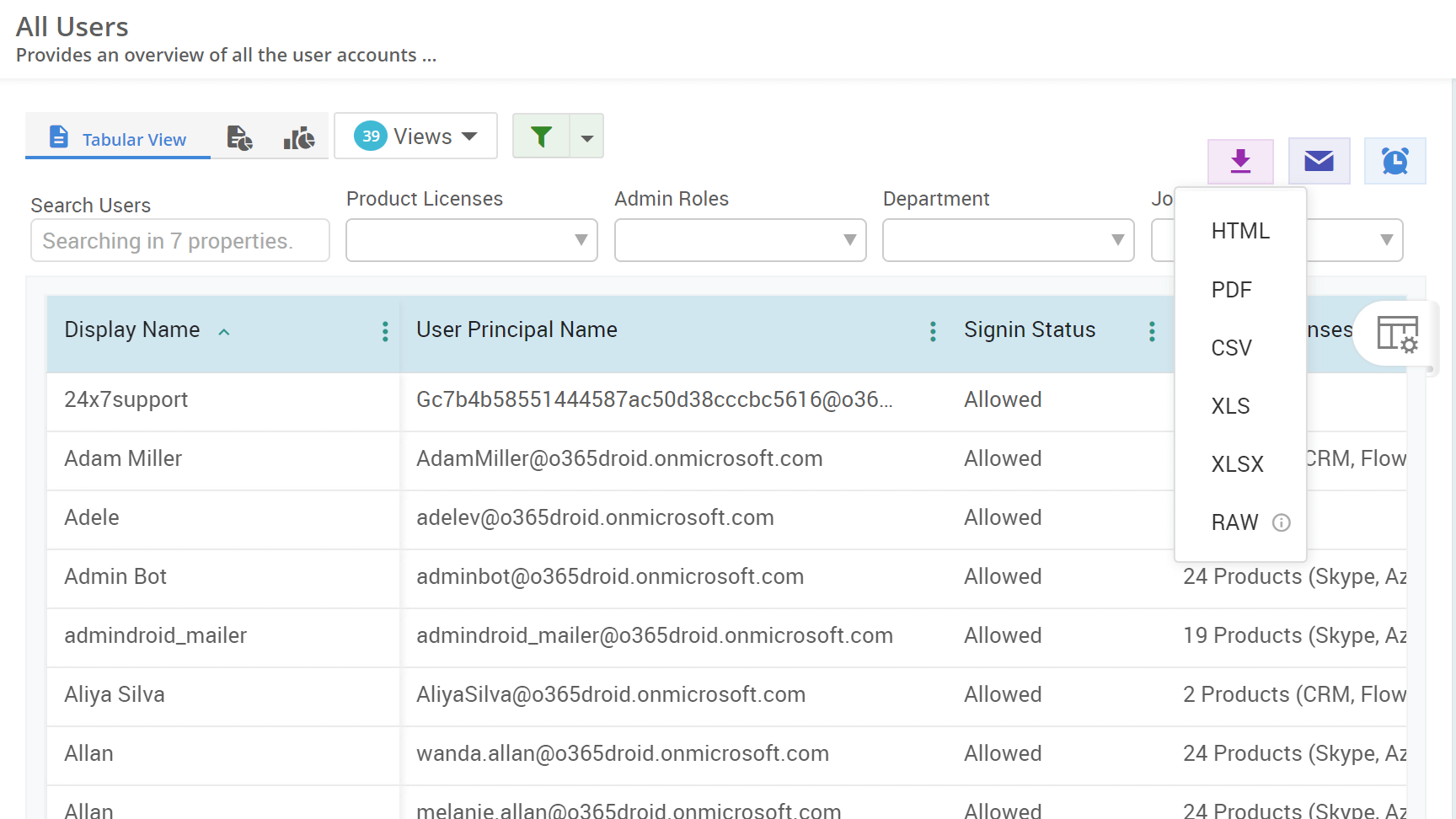What happens when the Exchange Online mailbox is full?
When the Exchange Online mailbox is full, it rejects any incoming mail and sends a non-delivery report (NDR) to the sender. Also, you experience the following issues if your mailbox storage quota is exceeded.
- Bounced emails Incoming emails bounce back to the sender, indicating that 'Delivery has failed to these recipients or groups'.
- Email inconsistencies across devices If your mailbox is full, it can result in synchronization problems between multiple devices. This can cause inconsistencies in email status and prevent changes from being reflected across all devices.
- Email loss Emails may be rejected if your account's storage limit is reached, requiring senders to resend them when space becomes available.
By proactively managing your mailbox size, you can prevent these issues and maintain uninterrupted email communication.
AdminDroid offers a convenient solution for efficiently tracking undelivered emails in Exchange Online mailboxes.
- Simply access the dedicated undelivered emails report found under .
- This report exclusively provides detailed information on undelivered emails, sender address, recipient email, received time, etc. You can also utilize the subject column to view the subject of each undelivered email.





















